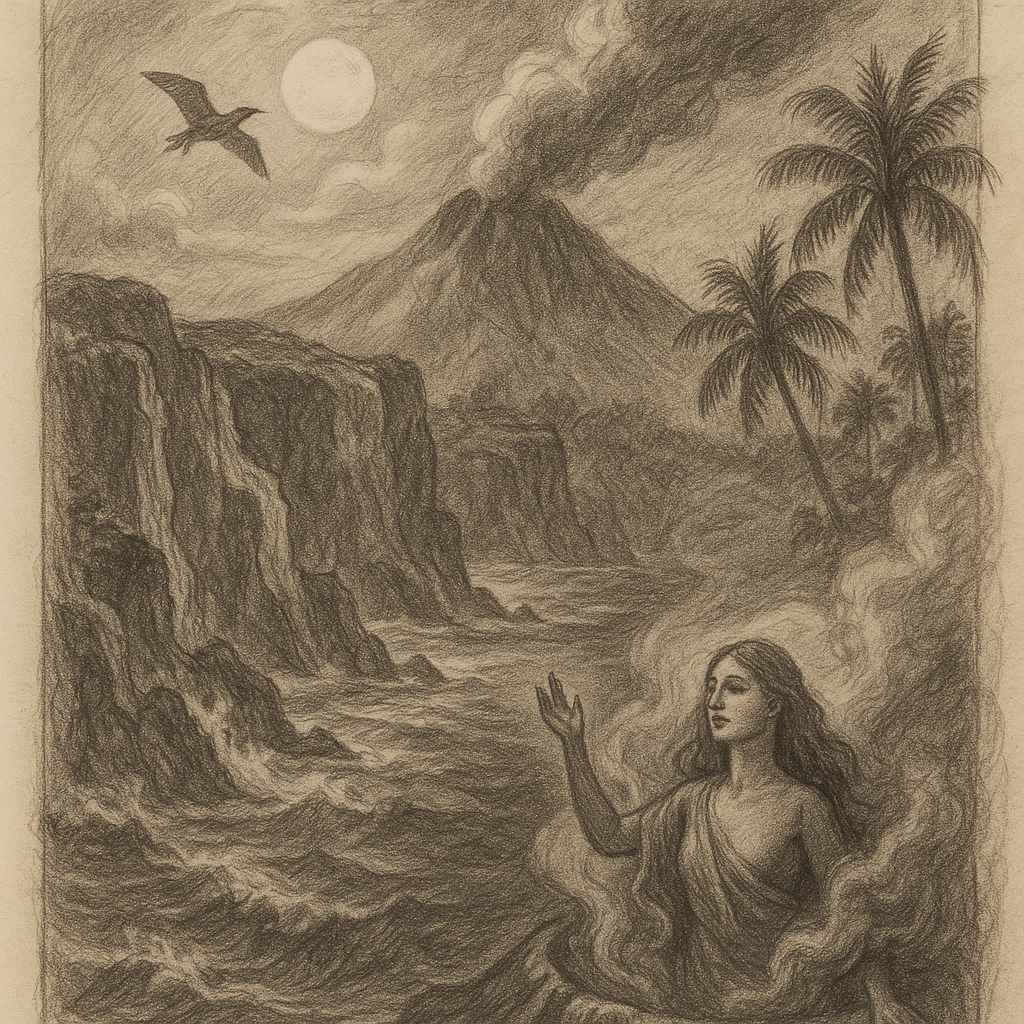Agrihan East Island is an isolated landmass located in the Northern Mariana Islands chain in the western Pacific Ocean. Part of a volcanic archipelago formed by tectonic activity, this little-known island is a treasure trove of natural beauty, geological complexity, and cultural mystique. With no permanent population and minimal human impact, Agrihan East Island is a pristine destination for adventurers, scientists, and dreamers alike.
Geographical Location and Geological Features
Agrihan East Island lies to the northeast of Guam and south of Japan, forming part of the Mariana Island Arc. It is located roughly 1,500 kilometers southeast of Tokyo and about 400 kilometers north of Saipan, the capital of the Commonwealth of the Northern Mariana Islands.
The island is part of the Mariana Volcanic Arc, which is the result of the Pacific Plate being subducted beneath the smaller Mariana Plate. This tectonic collision has given rise to the Mariana Trench—the deepest natural trench in the world’s oceans—as well as a series of volcanic islands, including Agrihan.
The “East Island” designation refers to a smaller area of Agrihan Island that is particularly remote and less accessible than the main volcanic summit area. The island itself is the exposed tip of a massive stratovolcano, which has been dormant since its last recorded eruption in 1917.
With a peak rising 965 meters above sea level, Agrihan is the tallest island in the entire Mariana chain. Steep cliffs drop dramatically into the Pacific, with lush vegetation covering the mountainous terrain.
Natural Environment and Biodiversity
Agrihan East Island hosts a variety of habitats, including tropical rainforest, rugged mountain slopes, and coastal grasslands. Due to its isolation and limited human presence, the island supports a range of endemic and migratory species.
Native birds such as the Micronesian honeyeater and Mariana fruit dove can be found here, while the surrounding waters teem with life—coral reefs, pelagic fish species, and sea turtles regularly visit the nearby oceanic slopes.
The vegetation is dominated by native tree species such as breadfruit, coconut palms, and pandanus, which create dense canopies over the interior. Invasive species have had minimal impact, unlike on other islands in the region, due in large part to the lack of frequent human interaction.
Human History and Exploration
Though uninhabited today, Agrihan and its eastern territories have been visited periodically by Pacific Islanders for centuries. Early Chamorro populations likely traveled to and from the island in outrigger canoes, using their deep knowledge of the ocean and celestial navigation.
The first documented European sighting is attributed to Spanish explorers in the 17th century, who referred to the island as “Agiguan” or “Agrigan.” In the late 19th and early 20th centuries, the island was briefly occupied for coconut harvesting and copra production.
A small community once existed on the southern coast, but residents relocated after volcanic activity and tropical storms rendered the area unsafe and unsuitable for permanent settlement.
Access and Preservation
Agrihan East Island remains one of the most inaccessible parts of the Northern Mariana Islands. There are no ports, airports, or developed infrastructure; landing is only possible via small boat in calm conditions. Access is strictly limited and generally requires permits issued by the government of the Commonwealth of the Northern Mariana Islands and coordination with environmental authorities.
Conservation efforts have prioritized maintaining the island’s ecological integrity. It is classified as part of a conservation zone, and scientific expeditions are carefully managed to prevent the introduction of non-native species or other ecological disturbances.
Unique Facts and Features
Despite its isolation, Agrihan East Island has drawn attention for several unique characteristics. Agrihan Island is home to the highest peak in the Northern Marianas, standing even taller than Mount Pagan and Saipan’s Mount Tapochao.
The island’s high elevation provides commanding views of the Pacific and occasional sightings of whales and other marine megafauna during migratory seasons. Recent scientific studies suggest that the island may be ideal for certain long-term climate monitoring projects, due to its minimal anthropogenic impact.
In 2020, a rare species of orchid was documented near the island’s central ridge, sparking renewed interest in its potential for botanical research.
Island Legends and Oral Traditions
Agrihan East Island holds a mystical place in local folklore. Elders from nearby islands tell of a guardian spirit that protects the land from intruders. According to one legend, the island is watched over by “Tasiña,” a sea goddess who only reveals the path to Agrihan’s heart to those with pure intentions. It is said that during certain lunar alignments, a faint glow can be seen from the island’s volcanic crater—a sign that the goddess is near.
Another tale explains that Agrihan was once part of a chain of “sky islands” floating above the ocean. When a giant known as “Afi’lu” threw a spear into the sea, the mountain crashed down to Earth, creating the island we see today. The crater, according to legend, is the hole left behind by the spear.
These stories, passed down through generations of Pacific islanders, underscore the cultural and spiritual significance of Agrihan East Island, even in its solitude.
Agrihan East Island is a timeless symbol of the power and serenity of nature. Far removed from modern civilization, it stands as a reminder of Earth’s geological past and a beacon for future scientific inquiry. Whether through its soaring volcanic heights, undisturbed ecosystems, or the legends that surround it, Agrihan East Island continues to captivate those who seek the unknown corners of our world.



